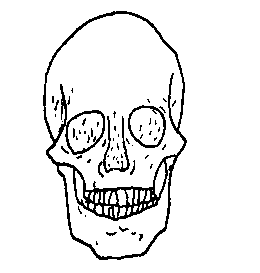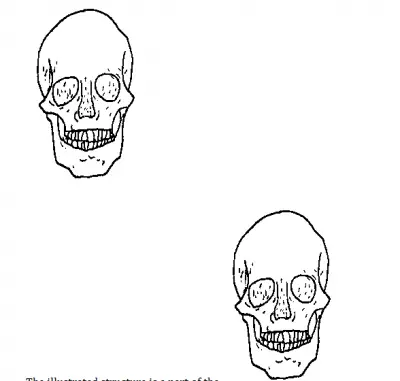Study the list of organisms below and use them to answer the questions.
I-Hydra
II-Owl
III-Snake
IV-Snail
The Phylum of the organism labeled IV is
Platyhelminthes
mollusca
Arthropoda
Coelenterata
Correct answer is B
The organism labelled IV is a Snail. Snails belong to the Phylum Mollusca. This phylum is characterized by soft-bodied animals that usually have an external shell, like snails, clams, and squids.
Study the list of organisms below and use them to answer the questions.
I-Hydra
II-Owl
III-Snake
IV-Snail
The arrangement of the organisms in order of increasing complexity is
II-III-I-IV
I-IV-III - II
I-II-III-IV
IV-III-II - I
Correct answer is B
The arrangement of organisms in order of increasing complexity is Hydra (a simple multicellular organism), Snail (a more complex invertebrate), Snake (a simple vertebrate), and Owl (a more complex vertebrate). This is because as we move from invertebrates to vertebrates, the level of organization and complexity increases. The complexity of an organism can be determined by its level of organization, from cellular to tissue to organ to system level.
The diagram below is an illustration of a structure in the skeletal system of humans. Study it and answer the question.

Clavicle, tongue, and pelvis
Eye, cerebellum, and ear
Ear, brain, and hinge joint
Lumbar, eye, and teeth
Correct answer is B
No explanation has been provided for this answer.
The diagram below is an illustration of a structure in the skeletal system of humans. Study it and answer the question

The illustrated structure is a part of the
appendicular skeleton
axial skeleton
axis vertebrae
cervical vertebrae
Correct answer is B
The skull is part of the axial skeleton. It is the bony structure that forms the head and encloses and protects the brain. The skull is located along the central axis of the body, and it is one of the key components of the axial skeleton.
Which of the following soil types have a high capillarity?
Sand and clay
loam and sand
silt and sand
silt and clay
Correct answer is D
Both silt and clay particles have very small pores, which contribute to higher capillarity. When combined, the silt and clay would likely result in a soil with relatively high capillarity.
WAEC Subjects
Aptitude Tests